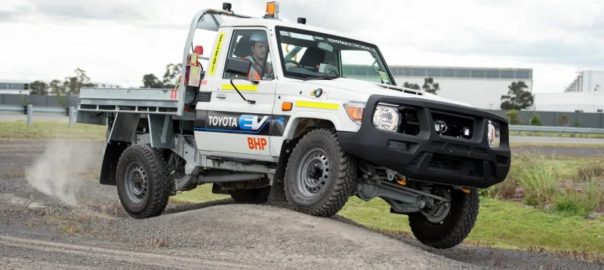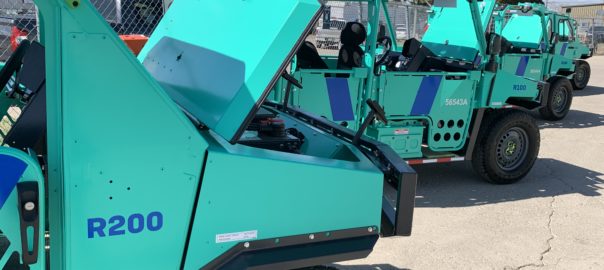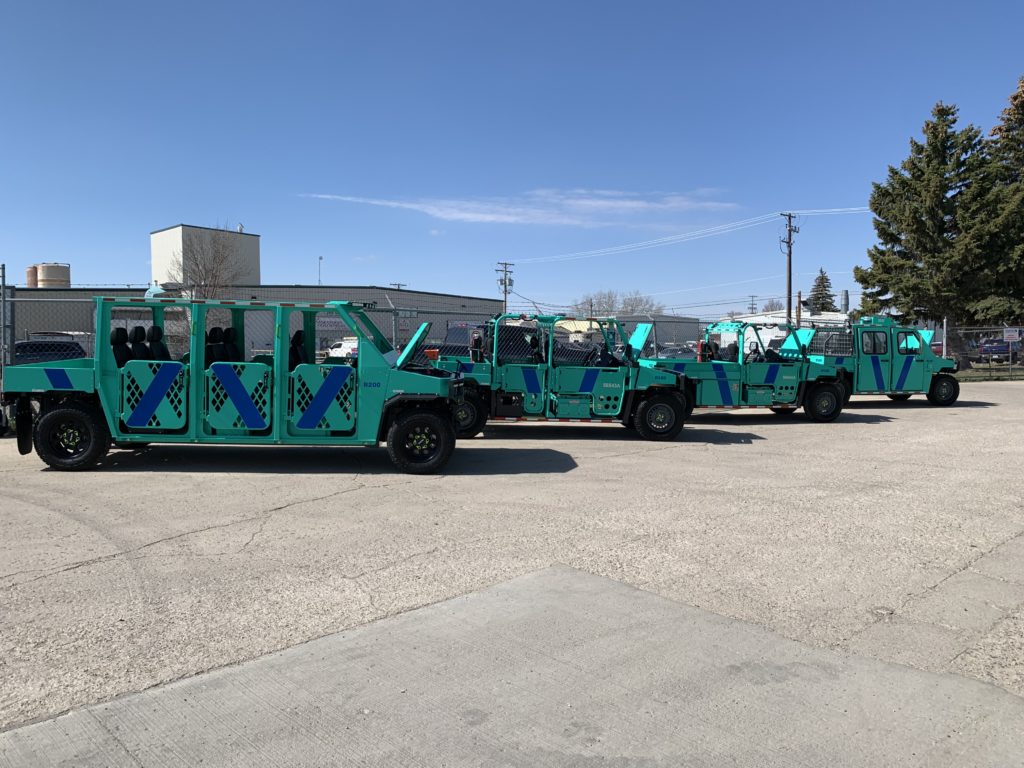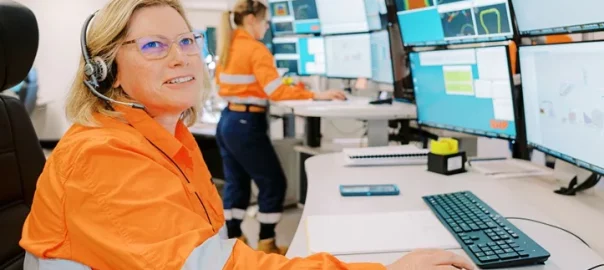Toyota Australia and BHP have strengthened their relationship, aimed at enhancing safety and decarbonisation measures within BHP’s Australian operations. This collaboration, solidified today through the signing of a Memorandum of Understanding (MoU), represents a significant milestone in the ongoing relationship between the two industry-leading brands.
A primary objective of this latest collaboration between the two companies is to work together across safety, engineering and product development teams focused on safety in light vehicles design and future state technologies and challenges.
Furthermore, the collaboration is designed to support BHP with its objective to reduce greenhouse gas emissions by 30% by 2030. By leveraging the combined expertise of Toyota and BHP, both companies are committed to BHP achieving this important target, BHP says.
This initiative showcases both brands’ commitment to embracing solutions for lowering vehicle operation emissions.
President and CEO of Toyota Australia, Matthew Callachor, said: “BHP is a key player in Australia’s export industry, and Toyota Australia is delighted to announce this collaboration which is designed to enhance safety measures at BHP’s Australian work sites and reduce vehicle operation and other CO2 emissions on BHP sites.”
Through this MoU, BHP will gain access to the knowledge and resources of Toyota’s expert engineering teams across Australia and globally and aims to support BHP in realising its broader decarbonisation goals.
The two companies will also collaborate on a decarbonisation journey map that will look at a range of options and alternative technologies to develop a comprehensive strategy that aims to achieve agreed targets, according to BHP.
BHP President Australia, Geraldine Slattery, said: “At the heart of our efforts to decarbonise our operations is an ambition to electrify our fleet of 5,000 light vehicles in Australia. Collaborating with leading suppliers like Toyota shows our clear commitment to developing shared solutions for a safer and more sustainable future.”
BHP Group Procurement Officer, James Agar, added: “Combining our engineering expertise and resources with Toyota is a terrific example of the approach we are taking with major suppliers to develop new technologies that will improve our safety and sustainability. It’s an exciting project and there’s plenty of work to do, but we’re up for the challenge and we look forward to seeing what we can do together.”
Once completed, the capabilities developed through the partnership are expected to provide a blue-print for other organisations seeking to safely electrify their light-vehicle fleets and contribute to decarbonisation, BHP says.











